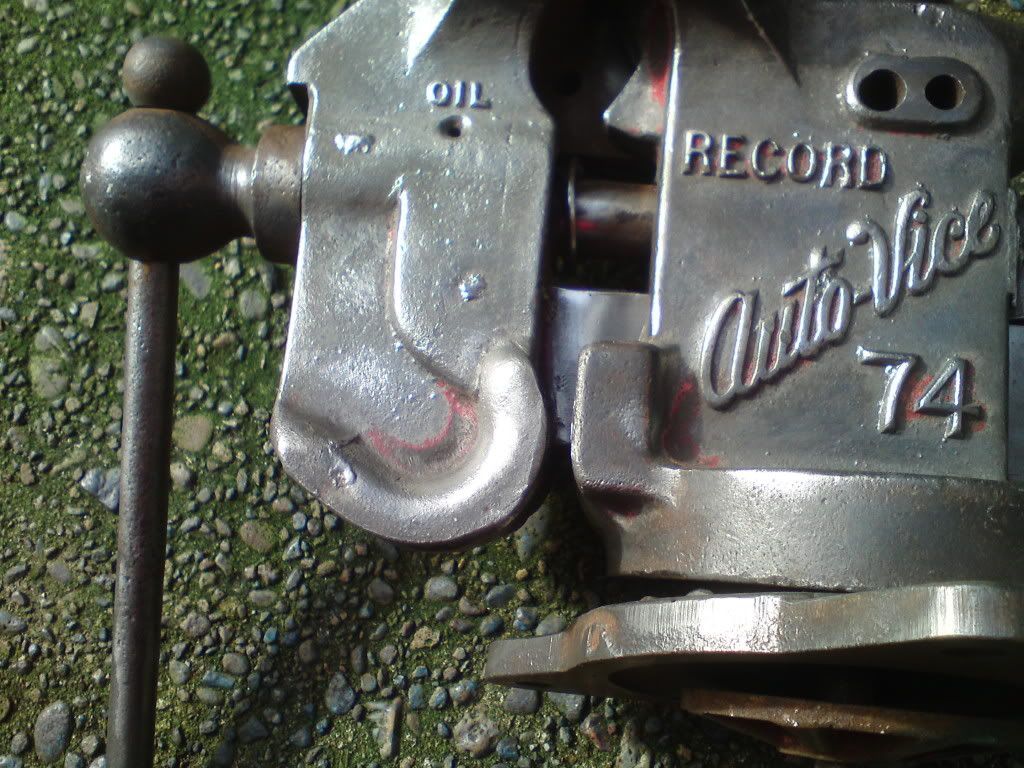First of all, I want to mount the same way Paul Sellers does, with the back jaw proud of the bench rather than flush. I know this could warrant pages of discussion on its own, but it's the only way I've known since school, maybe it's more of a British thing, I don't even know.
I wanted to mount the vic(s)e at the left edge of the bench so that when sawing the saw clears the bench. I'm not sure if I can as there isn't much space on that side (A). B is the second way I could mount it but I would rather not do it that way.
Would it be okay to mount it there (A). To allow mounting, a small bit of the table would have to be removed to slip the screw through, I have roughly marked it in this picture:
It won't damage the table too much removing from there?
So the vice would be mounted with 4 lag bolts underneath.
The back jaw of the vice would only be against the bench towards the top of the jaw, where it would press against the bench top. Once the vice is firmly secured from underneath, would this matter?
Or do I need to add some type of spacer at the front to to press the whole of the vice back jaw up against?
Sorry, I am a beginner.






 Reply With Quote
Reply With Quote




